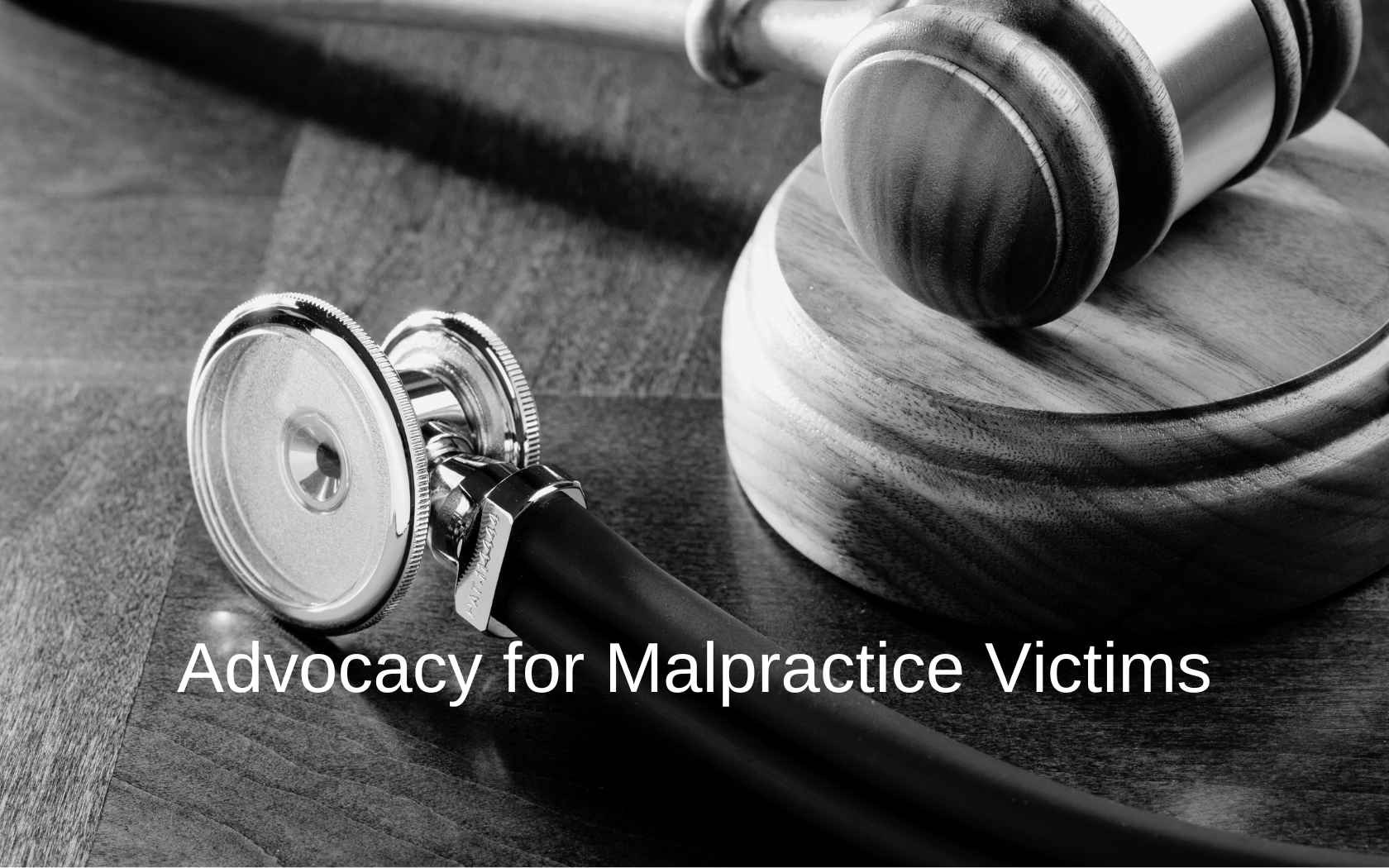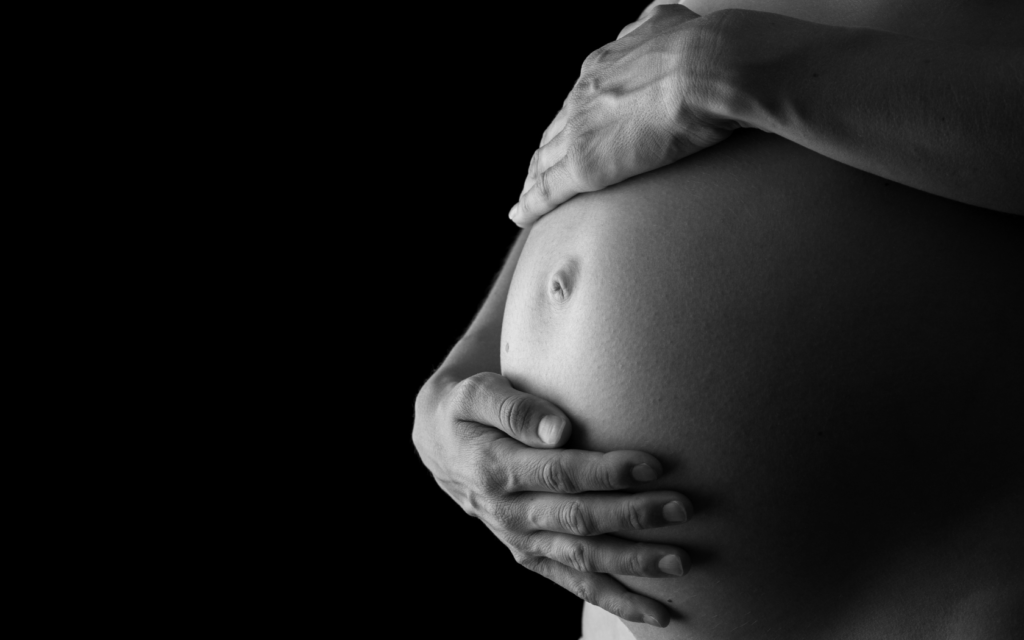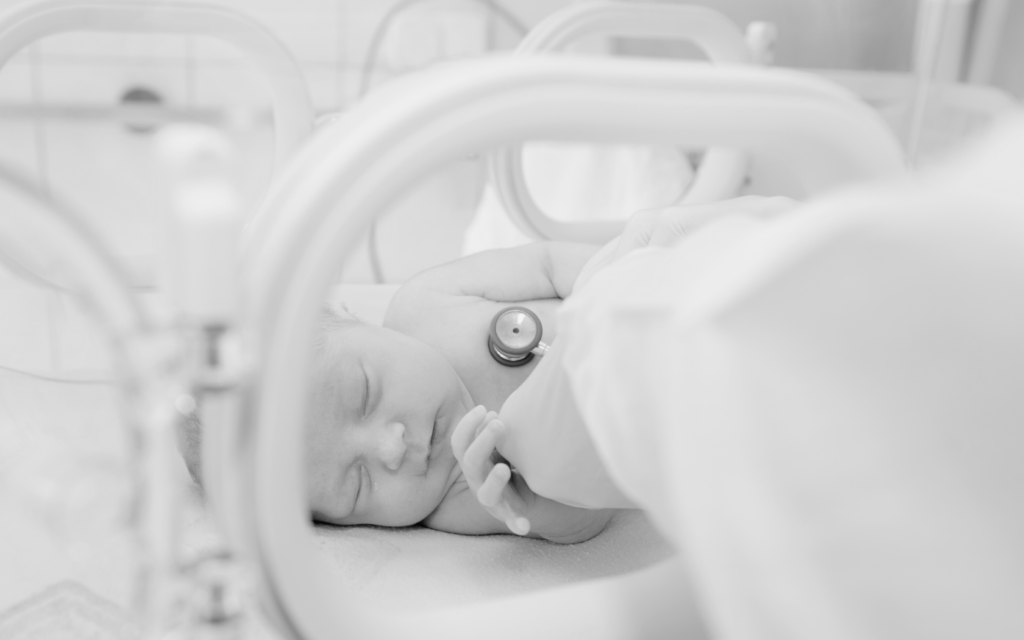Children with spastic quadriplegic cerebral palsy can feel “trapped” in their bodies. They can’t move the way a typical child moves. Speaking is difficult, too. Not to mention eating; even swallowing their favorite foods can be a challenge. Living with SQCP can be incredibly frustrating for kids–and their parents, too!
Understanding this condition and getting the help and resources they need can help families cope. In fact, in cases where spastic quadriplegic CP develops, because a doctor made a grave mistake, financial compensation may be able to families who aren’t aware of it.
It’s alarming to find out your trusted doctor made an error that cost your child his health and well-being. Subsequently it’s even more alarming for a doctor to make a mistake, injure a baby for life, and never be held accountable for it. Don’t let that happen to your family. If you suspect foul play during delivery caused your child’s spastic CP, contact our expert lawyers now.

What is Spastic Quadriplegic Cerebral Palsy?
First of all, you should know that cerebral palsy is a blanket term. It describes a group of neurological disorders that affect movement and posture. The cause of it is damage to the developing brain that happens before or during birth.
There are four main types of cerebral palsy. They are:
- Spastic
- Dyskinetic (athetoid)
- Ataxic
- Mixed type
The hallmarks of spastic CP are increased muscle tone, stiffness, and difficulties with voluntary movements, affecting one or more limbs.
Within spastic CP, there are three categories:
- Spastic diplegia (Affects the legs the most).
- Spastic hemiplegia (Affects one side of the body (either the right or left side).
- Spastic quadriplegia (Affects the arms and legs on both sides).
The key difference between the three types of spastic CP is what limbs they impact. Spastic diplegia most affects the lower limbs. On the other hand, spastic hemiplegia impacts just one side of the body. Spastic quadriplegia involves all four limbs.
Spastic quadriplegic CP is the most severe of all the types of spastic CP. It affects most of a child’s body. Most children with this type can’t walk and have trouble using their hands. They often have speech and intellectual issues as well.
Symptoms of Spastic Quadriplegic CP
Symptoms of spastic quadriplegic cerebral palsy often become noticeable in early childhood. Most children get a diagnosis before the age of two.
If doctors weren’t able to diagnose CP after birth, a parent might notice delays in reaching developmental milestones. For example, they see that their baby isn’t rolling over or grasping objects when he’s reached the age for doing so.
Other common symptoms and signs of SQCP include:
- Abnormal muscle tone (too stiff or tight)
- Joints are stiff or can’t move
- Difficulties with movement and coordination
- Muscles move involuntarily
- Difficulty walking
- Seizures
- Speech and swallowing problems
- Difficulty with fine motor skills (can’t grasp objects)
- Cognitive or developmental challenges
The severity of these symptoms can vary. Also, children might not exhibit all the symptoms on this list, or they may have a symptom that’s not listed here.

What Causes SQPC?
Like other forms of CP, the cause of spastic quadriplegic CP is brain damage that occurs during pregnancy or birth. In particular, the motor cortex is the part of the brain that’s affected.
A baby’s developing brain is delicate. That’s why damage to it during pregnancy or childbirth can cause permanent conditions like CP.
Common causes of the brain damage that can lead to SQPC include:
- Genetic mutations that cause abnormal brain development
- Untreated infections during pregnancy, like rubella or cytomegalovirus
- Premature birth (the brain is underdeveloped)
- Low birth weight
- Untreated maternal health conditions, like thyroid disorders or seizures
- Injuries to the brain from lack of oxygen during labor and delivery
- Intraventricular Hemorrhage (IVH), or bleeding within the brain’s ventricles
- Periventricular leukomalacia (PVL), or damage to the brain’s white matter because of oxygen deprivation
- Hydrocephalus (abnormal buildup of fluid in the brain)
- Hypoxic-ischemic encephalopathy (HIE), or brain damage due to oxygen deprivation
How Medical Negligence Can Lead to SQPC
Medical negligence can set off a “domino chain” series of events that can lead to spastic quadriplegic cerebral palsy. A doctor, nurse, or other health worker makes a crucial mistake, the baby develops a brain injury, and this injury leads to SQPC.
Here are some examples of how that might happen:
Failure to Monitor Fetal Distress
If healthcare providers fail to monitor the fetus’s well-being during labor and delivery, signs of distress or oxygen deprivation may go unnoticed. Lack of timely intervention in cases of fetal distress can lead to brain damage, potentially resulting in cerebral palsy, including the spastic quadriplegic subtype.
Delaying an Emergency C-Section
Sometimes an emergency cesarean section is medically necessary. Delaying one when it’s needed can contribute to oxygen deprivation and brain injury.
Improper Use of Forceps or Vacuum Extraction
Misuse or excessive force from delivery tools can cause trauma to a baby’s head. Doctors need to be well-trained and highly skillful in order to use forceps or vacuum extraction.
Inadequate Neonatal Care
Negligence in providing proper care to a newborn, especially in cases of prematurity or other medical complications, may lead to conditions like intraventricular hemorrhage or infections. These conditions can lead to cerebral palsy.
Untreated Maternal Infections
A mother could be sick with an infection during pregnancy and not even know it. But if she transfers her infection to her baby, it might affect the child’s fragile brain and cause CP. Failure to diagnose and treat infections can constitute negligence. This is especially true when the healthcare provider knew about the infection but didn’t address it
Medication Errors
Administering the wrong dose of medication or the wrong drug to a pregnant woman can cause great harm to a fetus. Some medications can increase the risk of cerebral palsy, including the spastic quadriplegic type.

Legal Help for Families of Children with SQCP
In 2003, the CDC estimated that the lifetime cost of treatment for someone with cerebral palsy was over $900,000 dollars. That’s quite a burden for the average family. And that estimate would be much higher now!
For families of children with spastic quadriplegic CP, the cost may be even higher. You may be wondering how you’ll get the funds needed to cover treatment and give your child the best life possible.
In cases where SQCP is the result of medical negligence, a lawsuit can seek damages for losses associated with this condition. Losses could include:
- Past and future medical expenses
- Therapy costs
- Equipment costs, such as a wheelchair for a child with SQCP who can’t walk, or communication devices for a child who can’t talk
- Lost wages
- Cost of modifying the home to accommodate the child’s needs
Proving medical negligence is far from child’s play. It requires a thorough investigation and legal expertise. But you don’t need to gather up all the medical records you can find, and attempt an investigation on your own. Nor should you—it’s better left to the experts.
If you’re concerned that negligence played a role in your child’s development of spastic quadriplegic cerebral palsy, send us a message. We’re happy to listen to your questions and concerns and provide guidance for what legal steps you might take.




